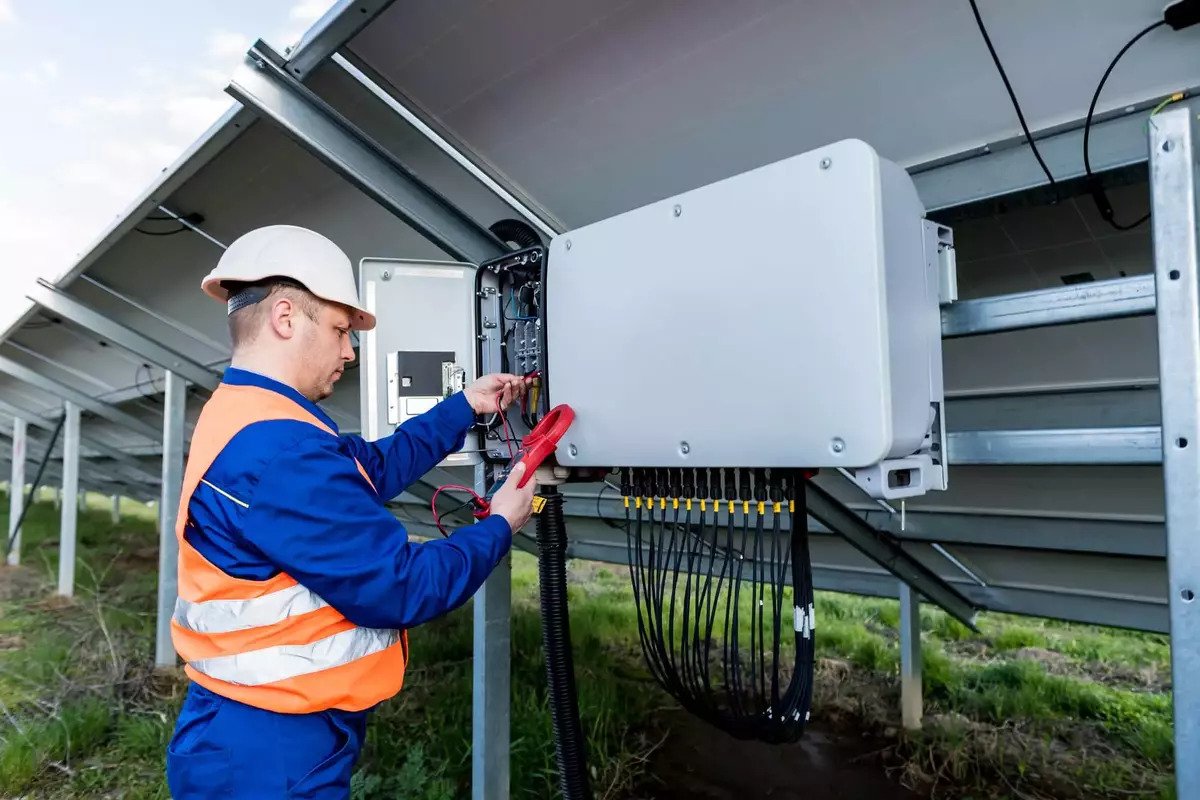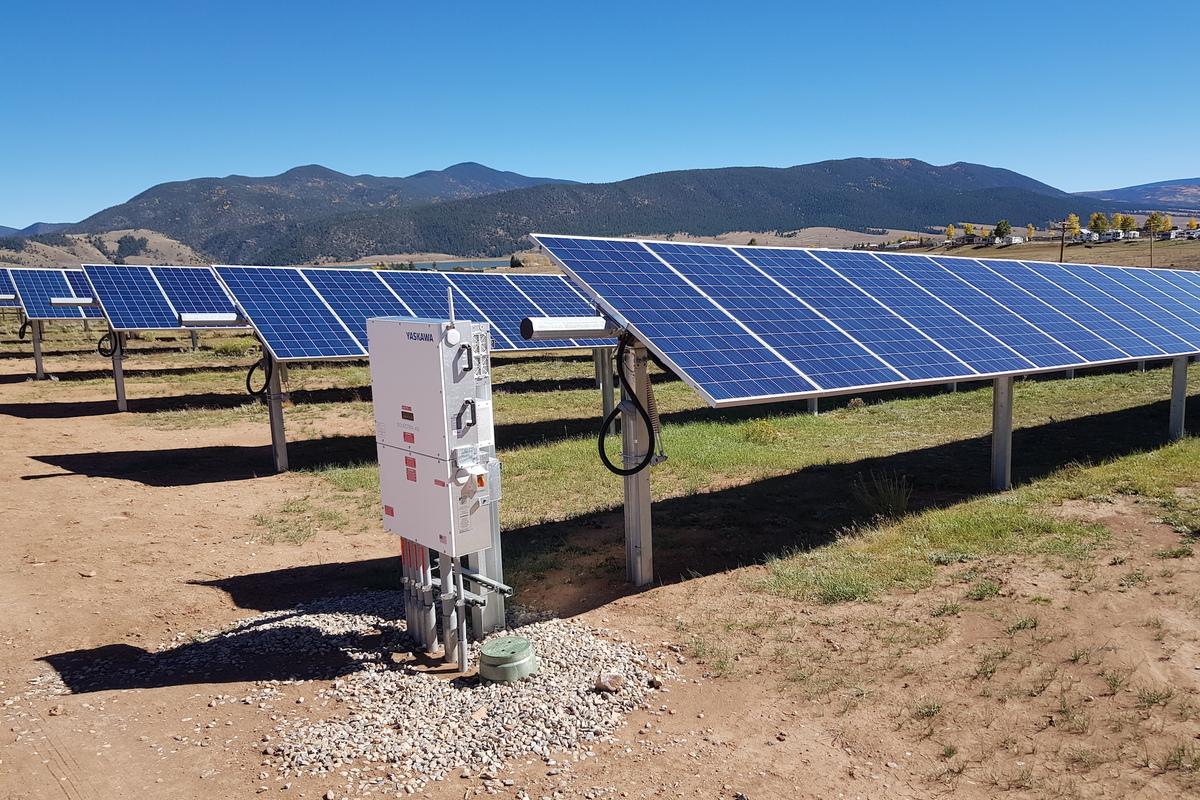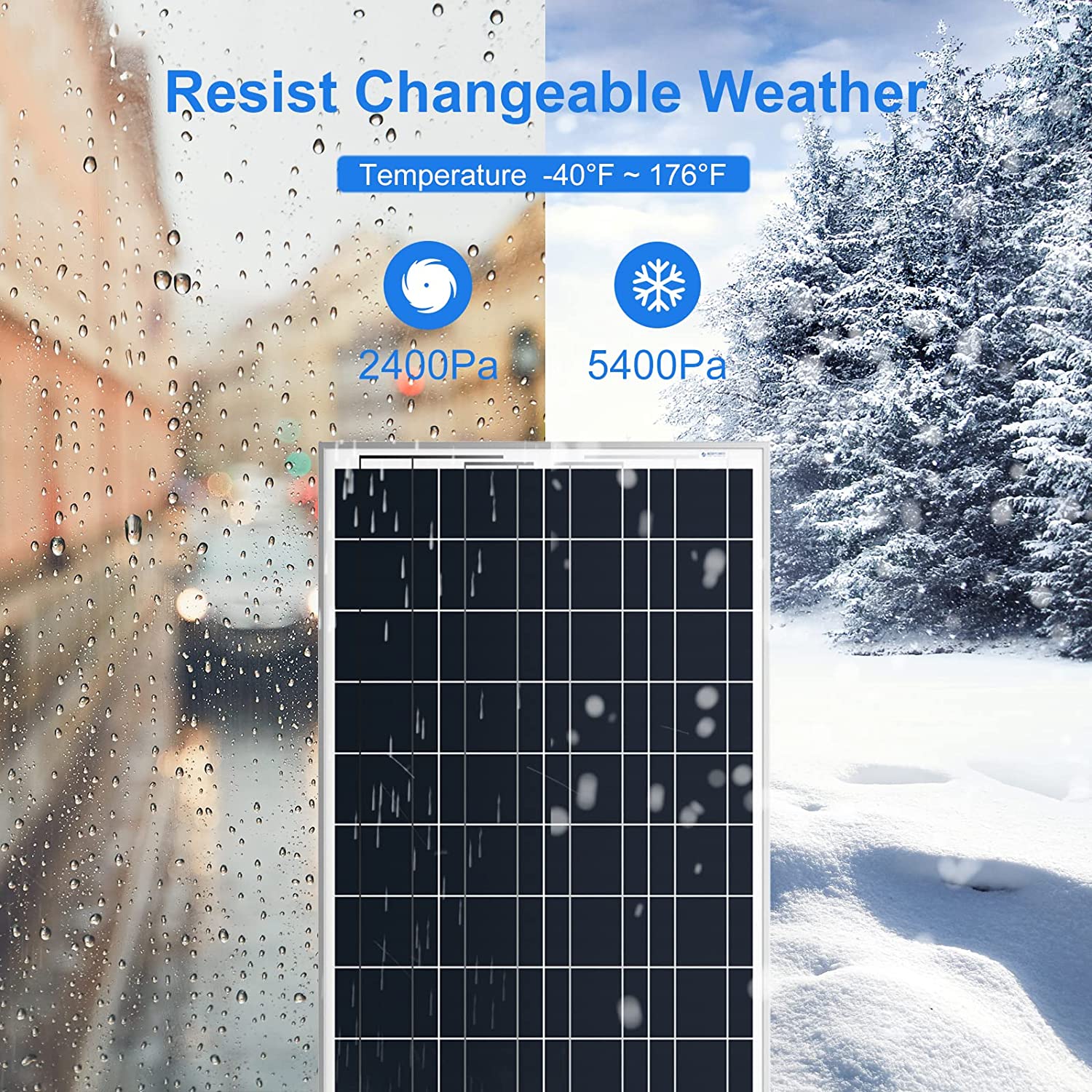
Your Ultimate Guide to Solar Inverters
One of the most vital components of a solar energy system is a solar inverter. Since solar panels generate DC that can’t be used at home, an inverter makes this possible. It converts DC to AC so that it can be used at homes to operate appliances.
Types of Inverters
There are 4 primary solar inverter types for homeowners. Before you choose one for your home, you need to understand the differences between them.
String Inverters
This is the most popular solar inverter for homes. Usually, there’s a single-string inverter for every solar energy installation. These are called string investors because there’s a solar panel string attached to them. This is also the most affordable solar inverter. Though they’re the cheapest, they can decrease the power produced on the string if there are problems with the panels such as shades.
Microinverters
Microinverters are the latest solar inverters. They’re very small and function by directly converting DC to AC on every solar panel. This means there’s more energy production even if there’s shade. They’re also easy if you want to expand your solar energy system in your home in the future. Each solar panel added to the system will require a microinverter behind the panel. Compared to string inverters, microinverters are somewhat more expensive.

Hybrid Inverters
Hybrid inverters are almost similar to string inverters, but they have an extra function. They store excess energy produced by your solar system in the battery. So, you can consider this if you want to have a solar energy system and might need additional battery storage for future use.
Using these inverters is the most affordable way to have extra batteries. But, the downsides are having limited power backup and experiencing a small delay when you switch to the backup if there’s a power outage.
Off-Grid Inverters
These are made to work independently, so you can’t integrate an energy source from the utility grid into it. A battery bank is needed to make it work. Your solar energy system has to provide DC to the batteries, Then, your inverter converts DC to AC for home use. Most off-grid inverters have a charger so that you can use it to recharge during winter with a secondary generator.
Tips on How to Choose the Right Inverter Size
You have to make sure that the features of your solar inverters match the requirements of your panels and the PV string before you purchase one. If not, you can experience overvoltage, under voltage, and overcurrent issues.
The inverted size should be the same as the DC of the solar energy system in general. It’s recommended to seek the help of a professional to determine the correct size of your inverter.
